When it comes to choosing footwear, one of the main decisions that consumers often face is whether to opt for synthetic or leather shoes. Both materials have their own set of advantages and disadvantages, making it important for buyers to understand the key differences between the two before making a purchase. In this article, we delve into the world of synthetic vs leather shoes to help consumers make an informed decision based on their individual needs and preferences.
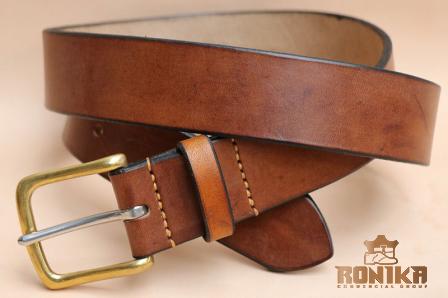
.
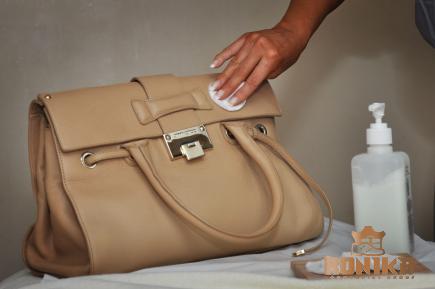 Leather shoes are often perceived as a luxurious and high-quality option due to the material’s natural origin. Leather is a durable and flexible material that molds to the shape of the foot over time, providing a comfortable and custom fit. In addition, leather shoes tend to be more breathable than synthetic alternatives, allowing for better air circulation and moisture wicking. This can help to prevent odors and keep the feet feeling fresh throughout the day. Another advantage of leather shoes is their durability. With proper care and maintenance, leather shoes can last for many years, making them a worthwhile investment for those looking for long-lasting footwear. Leather is also a versatile material that can be dressed up or down, making it suitable for a wide range of occasions from formal events to casual outings. On the other hand, synthetic shoes are typically more affordable than their leather counterparts, making them a popular choice for budget-conscious consumers. Synthetic materials such as polyester, nylon, and microfiber offer a wide range of colors and textures, providing plenty of options for those looking to express their personal style. Synthetic shoes are also often easier to clean and maintain than leather shoes, as they are less prone to water damage and staining. In terms of environmental impact, synthetic shoes may have a lower carbon footprint than leather shoes. Leather production involves the use of chemicals and large amounts of water, as well as the potential for deforestation and habitat destruction. In contrast, synthetic materials can be manufactured using recycled or eco-friendly materials, reducing the overall environmental impact of the shoe production process. When it comes to performance, both synthetic and leather shoes have their own strengths and weaknesses. Leather shoes are known for their durability and ability to withstand wear and tear over time. They also provide good support and stability, making them a popular choice for activities that require a lot of movement or time on your feet. However, leather shoes can be heavy and may take some time to break in before they become truly comfortable. On the other hand, synthetic shoes are often lighter and more flexible than leather shoes, making them a great choice for activities that require agility and speed. Synthetic materials are also typically more resistant to water and moisture, making them a good option for outdoor activities or rainy weather.
Leather shoes are often perceived as a luxurious and high-quality option due to the material’s natural origin. Leather is a durable and flexible material that molds to the shape of the foot over time, providing a comfortable and custom fit. In addition, leather shoes tend to be more breathable than synthetic alternatives, allowing for better air circulation and moisture wicking. This can help to prevent odors and keep the feet feeling fresh throughout the day. Another advantage of leather shoes is their durability. With proper care and maintenance, leather shoes can last for many years, making them a worthwhile investment for those looking for long-lasting footwear. Leather is also a versatile material that can be dressed up or down, making it suitable for a wide range of occasions from formal events to casual outings. On the other hand, synthetic shoes are typically more affordable than their leather counterparts, making them a popular choice for budget-conscious consumers. Synthetic materials such as polyester, nylon, and microfiber offer a wide range of colors and textures, providing plenty of options for those looking to express their personal style. Synthetic shoes are also often easier to clean and maintain than leather shoes, as they are less prone to water damage and staining. In terms of environmental impact, synthetic shoes may have a lower carbon footprint than leather shoes. Leather production involves the use of chemicals and large amounts of water, as well as the potential for deforestation and habitat destruction. In contrast, synthetic materials can be manufactured using recycled or eco-friendly materials, reducing the overall environmental impact of the shoe production process. When it comes to performance, both synthetic and leather shoes have their own strengths and weaknesses. Leather shoes are known for their durability and ability to withstand wear and tear over time. They also provide good support and stability, making them a popular choice for activities that require a lot of movement or time on your feet. However, leather shoes can be heavy and may take some time to break in before they become truly comfortable. On the other hand, synthetic shoes are often lighter and more flexible than leather shoes, making them a great choice for activities that require agility and speed. Synthetic materials are also typically more resistant to water and moisture, making them a good option for outdoor activities or rainy weather.
..
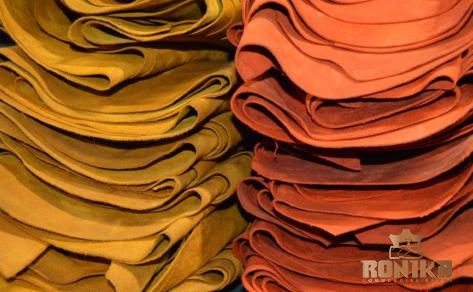 However, synthetic shoes may not offer the same level of durability as leather shoes, and they may show signs of wear more quickly. In terms of style and fashion, both synthetic and leather shoes offer a wide range of options to suit different tastes and preferences. Leather shoes are often associated with a classic and timeless look, making them a versatile choice that can be paired with a variety of outfits. From sleek leather loafers to rugged leather boots, there is a leather shoe style to suit every occasion. Synthetic shoes, on the other hand, are often favored by those looking for bold colors, patterns, and designs that stand out from the crowd. From neon sneakers to metallic sandals, synthetic shoes offer endless possibilities for those who want to make a fashion statement with their footwear. Additionally, synthetic materials can be manipulated to create unique textures and finishes that are not possible with natural leather. In conclusion, the choice between synthetic and leather shoes ultimately comes down to individual preferences and needs. Leather shoes offer durability, comfort, and a timeless appeal, making them a great investment for those looking for a high-quality and versatile option. On the other hand, synthetic shoes are affordable, lightweight, and available in a wide range of styles and colors, making them a popular choice for those who want to express their personal style. Whether you choose leather or synthetic shoes, it is important to consider factors such as comfort, performance, environmental impact, and style when making your decision. By weighing the pros and cons of each material, you can find the perfect pair of shoes that meet your needs and reflect your personal taste. Whichever option you choose, investing in well-made footwear that fits well and suits your lifestyle will ensure that you step out in style and comfort every day. When considering the maintenance and care of your chosen footwear, it’s important to note that both synthetic and leather shoes have specific requirements to keep them looking their best. Leather shoes benefit from regular cleaning and conditioning to prevent drying out and cracking. Special leather conditioners can help to maintain the suppleness and shine of the material, extending the life of your shoes. For synthetic shoes, a simple wipe-down with a damp cloth is often all that is needed to keep them clean. However, some synthetic materials may benefit from specific cleaning products to remove dirt and stains effectively. Additionally, storing your shoes properly in a cool, dry place away from direct sunlight can help to prolong their lifespan and keep them looking fresh. In terms of fit and comfort, both leather and synthetic shoes can provide a comfortable and supportive experience when chosen correctly.
However, synthetic shoes may not offer the same level of durability as leather shoes, and they may show signs of wear more quickly. In terms of style and fashion, both synthetic and leather shoes offer a wide range of options to suit different tastes and preferences. Leather shoes are often associated with a classic and timeless look, making them a versatile choice that can be paired with a variety of outfits. From sleek leather loafers to rugged leather boots, there is a leather shoe style to suit every occasion. Synthetic shoes, on the other hand, are often favored by those looking for bold colors, patterns, and designs that stand out from the crowd. From neon sneakers to metallic sandals, synthetic shoes offer endless possibilities for those who want to make a fashion statement with their footwear. Additionally, synthetic materials can be manipulated to create unique textures and finishes that are not possible with natural leather. In conclusion, the choice between synthetic and leather shoes ultimately comes down to individual preferences and needs. Leather shoes offer durability, comfort, and a timeless appeal, making them a great investment for those looking for a high-quality and versatile option. On the other hand, synthetic shoes are affordable, lightweight, and available in a wide range of styles and colors, making them a popular choice for those who want to express their personal style. Whether you choose leather or synthetic shoes, it is important to consider factors such as comfort, performance, environmental impact, and style when making your decision. By weighing the pros and cons of each material, you can find the perfect pair of shoes that meet your needs and reflect your personal taste. Whichever option you choose, investing in well-made footwear that fits well and suits your lifestyle will ensure that you step out in style and comfort every day. When considering the maintenance and care of your chosen footwear, it’s important to note that both synthetic and leather shoes have specific requirements to keep them looking their best. Leather shoes benefit from regular cleaning and conditioning to prevent drying out and cracking. Special leather conditioners can help to maintain the suppleness and shine of the material, extending the life of your shoes. For synthetic shoes, a simple wipe-down with a damp cloth is often all that is needed to keep them clean. However, some synthetic materials may benefit from specific cleaning products to remove dirt and stains effectively. Additionally, storing your shoes properly in a cool, dry place away from direct sunlight can help to prolong their lifespan and keep them looking fresh. In terms of fit and comfort, both leather and synthetic shoes can provide a comfortable and supportive experience when chosen correctly.
…
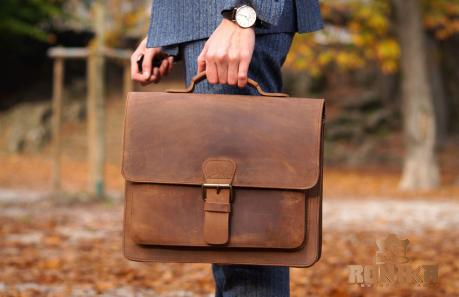 Leather shoes, with their natural flexibility and ability to conform to the shape of the foot, often offer a snug and personalized fit over time. This can be particularly beneficial for individuals with unique foot shapes or conditions that require extra support. Synthetic shoes, on the other hand, may offer immediate comfort and flexibility right out of the box due to their lighter weight and more pliable construction. They can be a great choice for those who prioritize cushioning and ease of wear, especially for activities that require quick movements and responsiveness. When it comes to performance in various conditions, both leather and synthetic shoes have their advantages. Leather shoes are known for their durability in rugged terrain and changing weather conditions. They offer excellent protection against the elements and can keep your feet dry and comfortable even in challenging environments. Synthetic shoes, with their water-resistant and quick-drying properties, are ideal for activities that involve exposure to moisture or unpredictable weather conditions. Whether you’re hiking through wet grass or running in the rain, synthetic shoes can provide the necessary protection and traction to keep you going without compromising on comfort. For individuals with specific ethical or environmental concerns, the choice between synthetic and leather shoes can also be influenced by the production processes and sourcing of materials. Leather production has long been associated with concerns about animal welfare and environmental impact, as it often involves the use of chemicals and resources that may contribute to deforestation and pollution. In contrast, synthetic materials can be manufactured with a lower environmental footprint, using recycled or eco-friendly alternatives to reduce waste and reliance on fossil fuels. Choosing synthetic shoes made from sustainable materials can be a conscious choice for those looking to minimize their impact on the planet while still enjoying stylish and functional footwear. Ultimately, the decision between synthetic and leather shoes boils down to personal preferences, lifestyle needs, and values. Whether you prioritize classic style, durability, comfort, performance, or environmental consciousness, there are options available in both synthetic and leather footwear to suit your individual requirements. By carefully assessing the pros and cons of each material, considering your intended use for the shoes, and taking into account factors such as maintenance, fit, and sustainability, you can make an informed choice that aligns with your priorities. Regardless of whether you choose synthetic or leather shoes, investing in a well-crafted pair of footwear that meets your needs can enhance your style, comfort, and confidence with every step you take.
Leather shoes, with their natural flexibility and ability to conform to the shape of the foot, often offer a snug and personalized fit over time. This can be particularly beneficial for individuals with unique foot shapes or conditions that require extra support. Synthetic shoes, on the other hand, may offer immediate comfort and flexibility right out of the box due to their lighter weight and more pliable construction. They can be a great choice for those who prioritize cushioning and ease of wear, especially for activities that require quick movements and responsiveness. When it comes to performance in various conditions, both leather and synthetic shoes have their advantages. Leather shoes are known for their durability in rugged terrain and changing weather conditions. They offer excellent protection against the elements and can keep your feet dry and comfortable even in challenging environments. Synthetic shoes, with their water-resistant and quick-drying properties, are ideal for activities that involve exposure to moisture or unpredictable weather conditions. Whether you’re hiking through wet grass or running in the rain, synthetic shoes can provide the necessary protection and traction to keep you going without compromising on comfort. For individuals with specific ethical or environmental concerns, the choice between synthetic and leather shoes can also be influenced by the production processes and sourcing of materials. Leather production has long been associated with concerns about animal welfare and environmental impact, as it often involves the use of chemicals and resources that may contribute to deforestation and pollution. In contrast, synthetic materials can be manufactured with a lower environmental footprint, using recycled or eco-friendly alternatives to reduce waste and reliance on fossil fuels. Choosing synthetic shoes made from sustainable materials can be a conscious choice for those looking to minimize their impact on the planet while still enjoying stylish and functional footwear. Ultimately, the decision between synthetic and leather shoes boils down to personal preferences, lifestyle needs, and values. Whether you prioritize classic style, durability, comfort, performance, or environmental consciousness, there are options available in both synthetic and leather footwear to suit your individual requirements. By carefully assessing the pros and cons of each material, considering your intended use for the shoes, and taking into account factors such as maintenance, fit, and sustainability, you can make an informed choice that aligns with your priorities. Regardless of whether you choose synthetic or leather shoes, investing in a well-crafted pair of footwear that meets your needs can enhance your style, comfort, and confidence with every step you take.
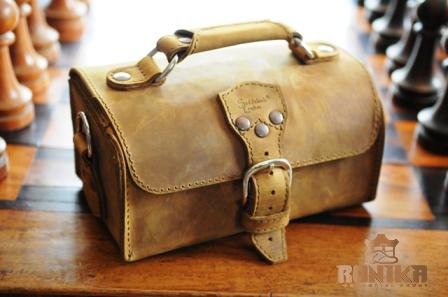
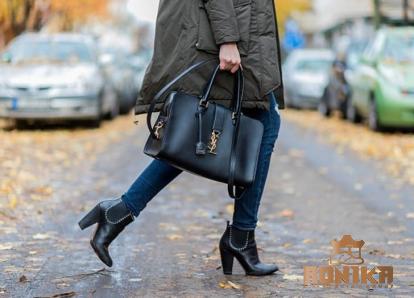
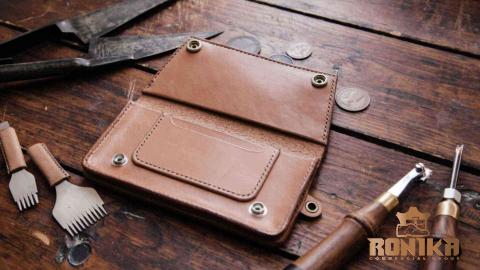
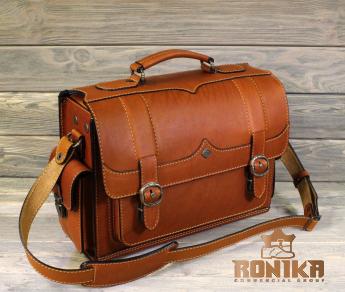
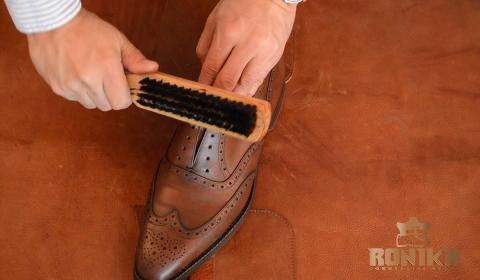
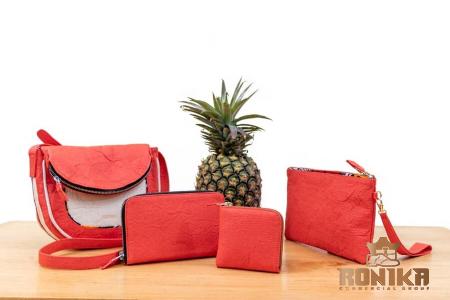
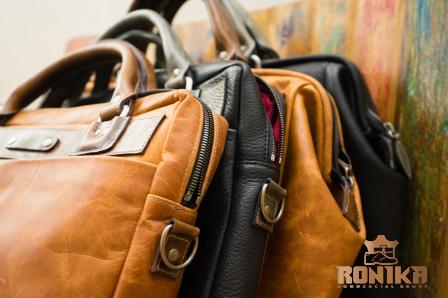
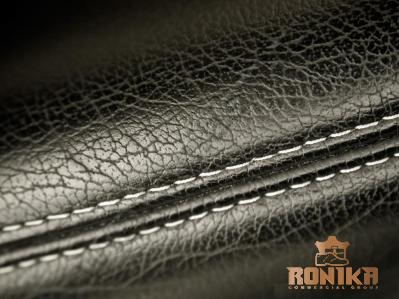
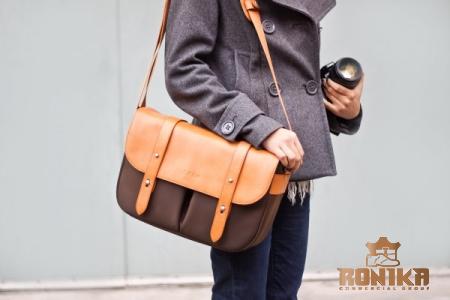

Your comment submitted.